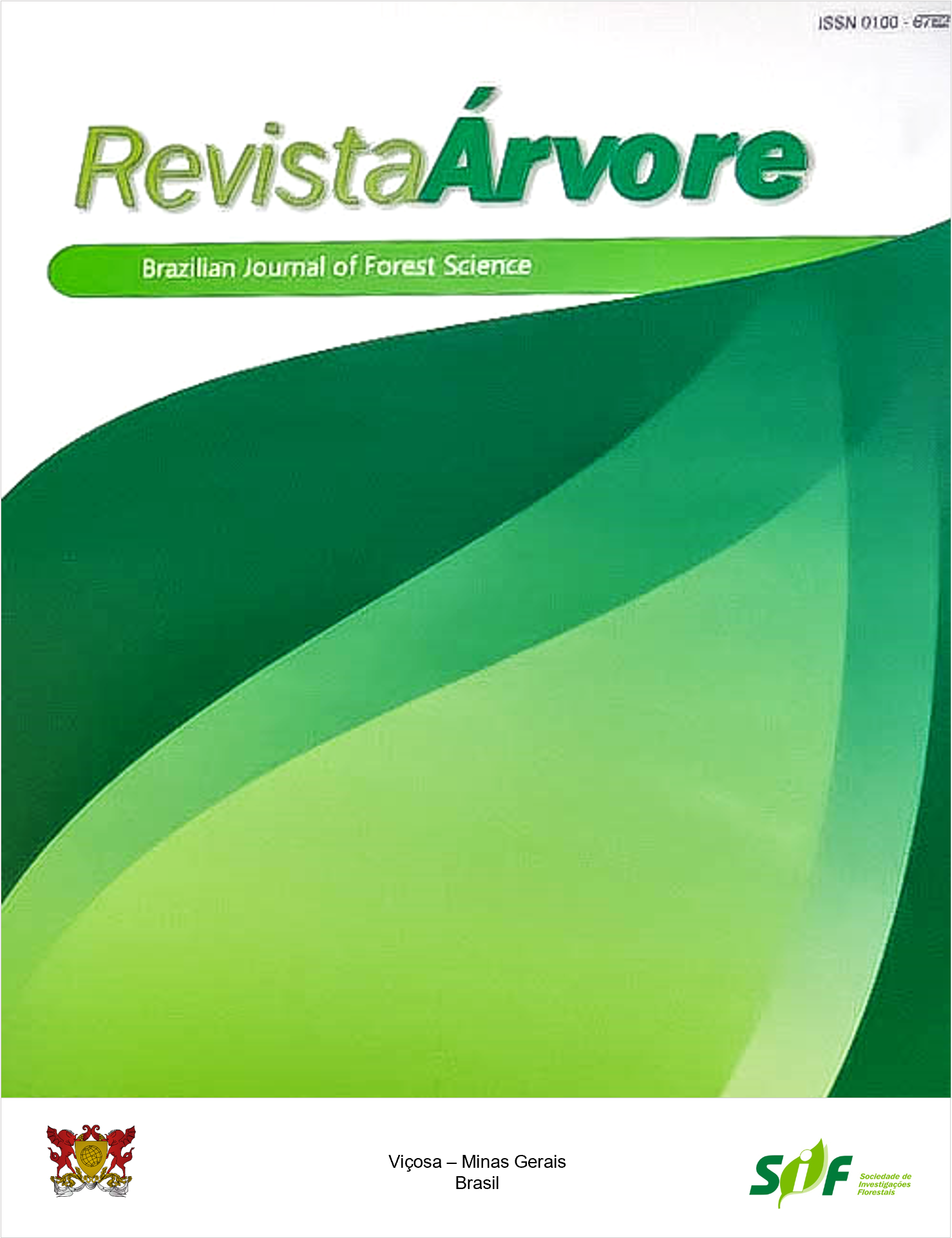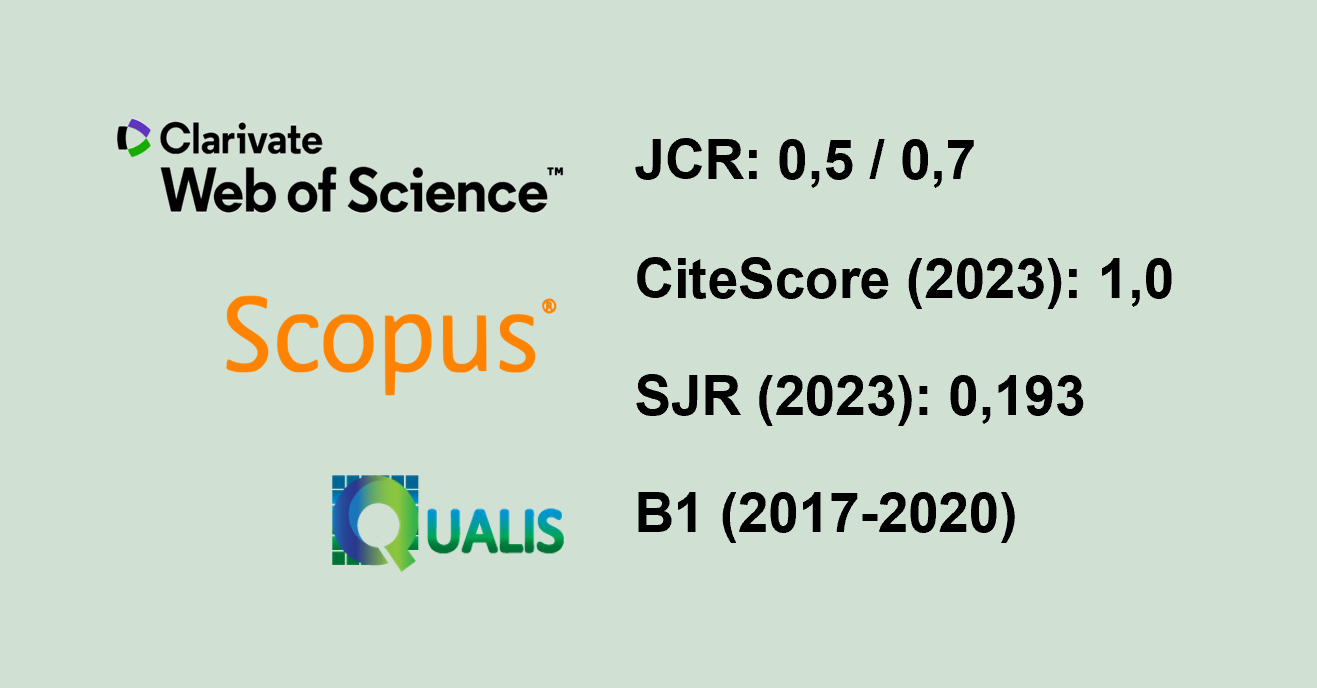IMPACT OF CONVERTING AREAS CULTIVATED WITH SUGARCANE TO EUCALYPT PLANTATIONS ON SOIL QUALITY IN NORTHEASTERN BRAZIL
Keywords:
Carbon sequestration, Land-use, Principal component analysisAbstract
Reforestation is considered an effective method to improve soil quality and drain atmospheric CO2 by sequestering carbon, in both soil and vegetation. In this regard, the aim of this study was to evaluate the effects of converting areas cultivated with sugarcane to eucalypt plantations (Eucalyptus spp.) on soil quality and carbon sequestration in a Latossolo (Ferralsol) in the Atlantic Forest region of the Alagoas state, Brazil, through multivariate analysis. The systems under evaluation consisted of four areas: one area cultivated with sugarcane for approximately 20 years, taken as the reference area of this study, and the other three adjacent areas cultivated with eucalypt at 1 (E1), 3 (E3) and 6 (E6) years of age, previously cultivated with sugarcane. Physical (bulk density - BD, Mean weight-diameter - MWD, geometric mean diameter - GMD and aggregate stability index - ASI), chemical (soil organic carbon - SOC, total nitrogen - TN, labile carbon - LC and recalcitrant carbon - RC) and biological (Microbial biomass carbon - MBC, soil carbon respiration - C-CO2 and metabolic quotient - qCO2) properties of soil were evaluated. Data were collected, standardized and submitted to exploratory analysis with principal components. The results show that SOC, LC, TN, GMD, MWD and ASI increased, while BD showed a reduction in E3 and E6 systems. The conversion of sugarcane cultivation with burning of straw and manual harvest into eucalypt plantations was efficient at promoting SOC sequestration and improving physical, chemical and biological properties of soil.
Keywords: Carbon sequestration; Land-use; Principal component analysis
Downloads
Published
How to Cite
Issue
Section
License
Copyright (c) 2021 Revista Árvore

This work is licensed under a Creative Commons Attribution 4.0 International License.
All authors agreed to submit the work to Revista Árvore and granted the exclusive license to publish the article. The authors affirm that it is an original work and has not been previously published elsewhere. The scientific content and opinions expressed in the article are the sole responsibility of the authors and reflect their opinions, not necessarily representing the opinions of the editorial board of Revista Árvore or of the Society of Forest Investigations (SIF).




